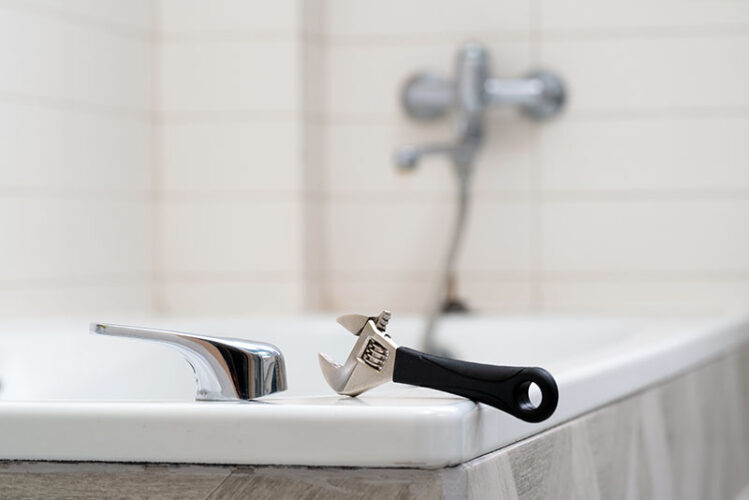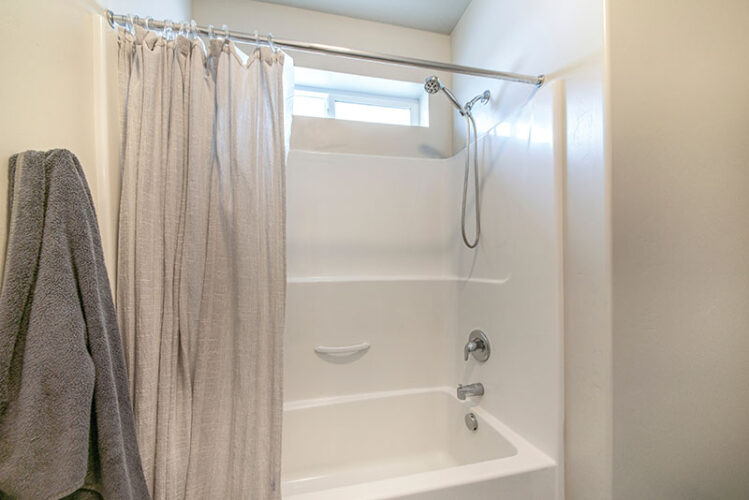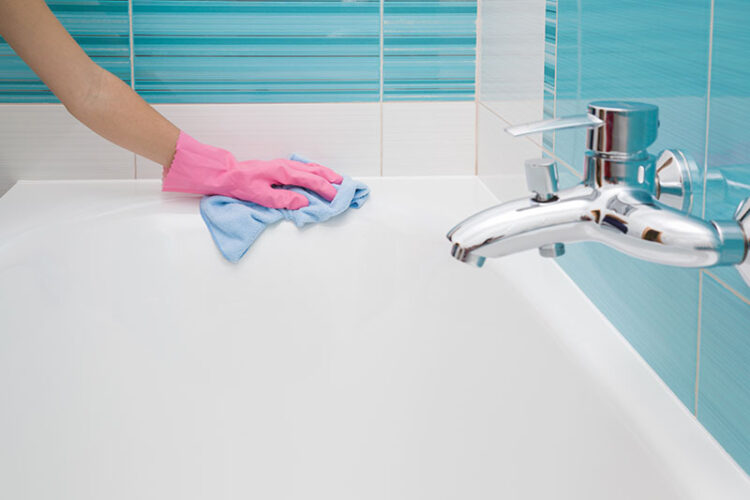Tub to Shower Conversion: Everything You Need to Know

The home improvement arena is always in flux. Design tastes evolve and lifestyles change, so tub-to-shower conversions have become one of the most popular remodeling projects in the residential sphere. A reported 90% of US residents choose showers over baths. They’re safer, more accessible, and often even more beautiful. Let’s begin your journey.
A step-by-step guide to converting a tub to a shower
If you’re brave enough to take the DIY route, you’ll need to follow a few basic steps:
- Calculate your spacing and placement. You’ll need at least 30 by 30 inches with 15 inches between your shower and toilet.
- Choose your design. Some showers require a little hammering and some screws, while others require sophisticated construction work.
- Remove your existing tiles and drywall to reveal the wet wall.
- Remove the tub and disconnect the drains before removing the tiles themselves.
- Prepare your fixture and pilot holes before placing your shower kit.
- Stabilise and seal your shower with caulk.
- Install your door and shower pan, making sure that they’re perfectly leveled.
- If necessary, replace your tiling.
Get a Free Estimate Today
50% off installation. Special financing available. See details.
Tools and materials needed for the conversion
The DIY route will only be cheaper if you own the tools required. Electric drills and caulk guns don’t come cheap, after all. You’ll need both. You’ll also require a level, hole saw, and Allen wrench. If you need to plaster your walls, add a reciprocating or drywall saw to your list.
Common challenges and how to overcome them
A shower-to-tub conversion is a demanding yet accessible option for DIY enthusiasts, but it requires precision. An old carpenter’s adage says, “Measure twice, cut once.” If you don’t measure your clearance space or level your set-up correctly, your shower will never be quite right.
Benefits of tub-to-shower conversion
If you prefer a bathroom with a shower rather than a tub, you’re like 57% of Americans. A survey of 2,000 respondents found that, of those who love the soothing feeling of rainfall on their shoulders in the mornings, three-quarters feel cleaner in a shower, but other benefits include:
- Increased accessibility and safety: While you can source accessible tubs, ADA-compliant showers offer full, roll-in stability, curbless entry, and slip-resistant seating.
- Saving space in small bathrooms: A corner shower will only steal 30 square feet from your bathroom. Tubs are greedier, absorbing at least 40 square feet.
- Enhancing the visual appeal of your bathroom: A tub will always add more clutter than a shower, and if you choose a frameless model worthy of a National Design Award, your bathroom will look airy and spacious.
Factors to Consider for Tub-to-Shower Conversion
Cost considerations and budgeting tips
Shower kits can set you back $200 to $2,000, but custom designs can cost $8,000 or more. Your conversion is likely to add to your home’s resale value and improve your monthly water bills, though, so calculate your return on investment rather than just your costs. Quality materials will also be cheaper in the long run, so sometimes scary price tags are blessings in disguise.
Choosing the right shower design and features
Design retailers don’t hand out features for free as though they’re Oprah. Each feature will add to your price. A roll-in, ADA-compliant shower with steam, double shower heads, side jets, and a stone wall might sound glorious, but only the top 10% can afford it. It’s wiser to know your priorities and focus on the best features for achieving them.
Understanding plumbing requirements
Even the most adept DIY fan is prone to mistakes when working with plumbing, so check your pipe sizes before buying new piping. Tub drains usually have a pipe size of 1.5 inches. Similarly, your drain pipe is likely to be smaller than the required regulation for a shower drain. You can use a reducing washer to attach your piping.
Professional vs. DIY Tub-to-Shower Conversion
Pros and cons of hiring a professional contractor
- If you hire a professional, you needn’t invest in tools or a plumber.
- If you’re a DIY genius with all the tools on hand, doing it yourself could save a pretty penny.
- Contractors can usually negotiate better prices than laypeople for materials and fixtures.
- Hiring a contractor ensures code compliance and allows you to work with the necessary permits.
- If you can’t tell the difference between a spanner and an Allen wrench, let alone how to use either, DIY mistakes are guaranteed. Shoddy work will inevitably lead to an expensive repair later.
Shower conversions are a dramatic way to update your bathroom aesthetic, and today’s designs can revolutionize your lifestyle. If you’ve always wished you could have a home spa, this is a pocket-friendly way to make those dreams come true.
Need help with a bathtub or shower replacement? Contact 1-800-HANSONS for a free estimate.
Related Articles:
Signs it’s Time to Replace Your Shower
Signs it’s Time to Replace Your Bathtub
















